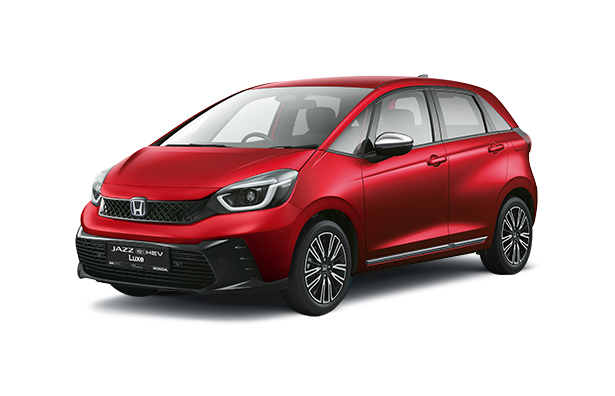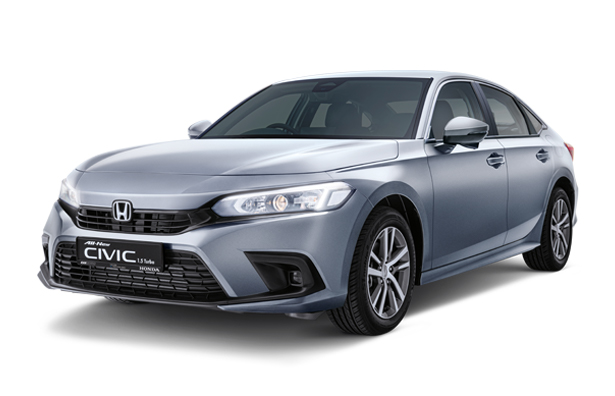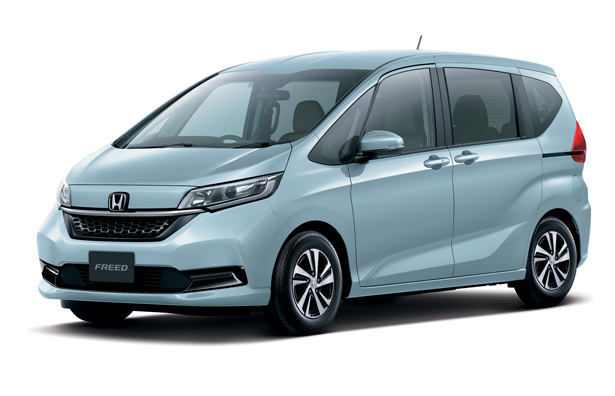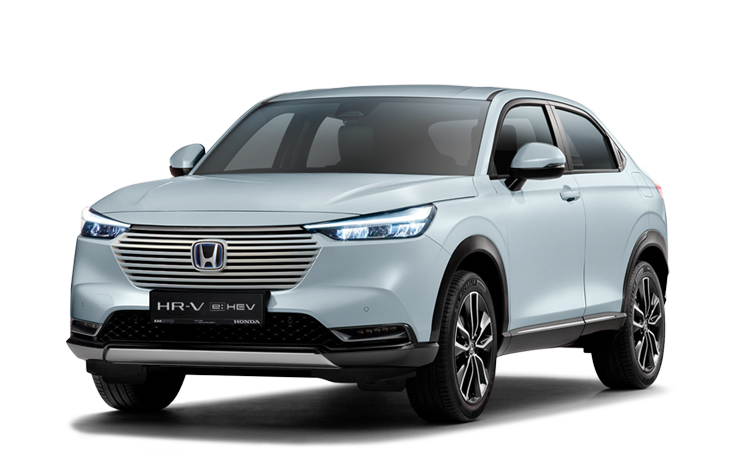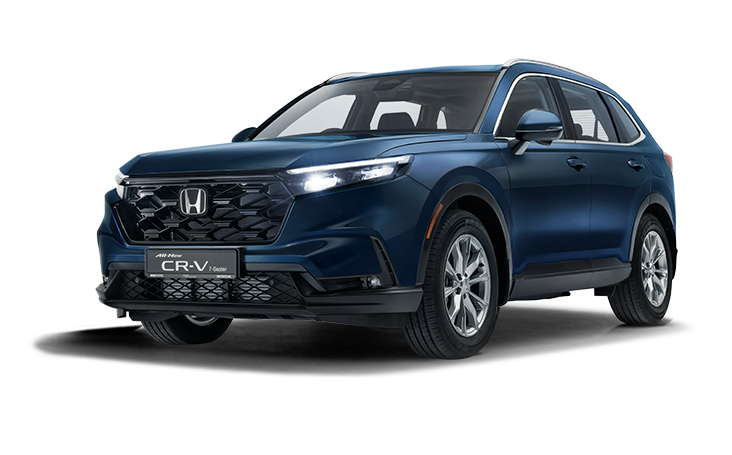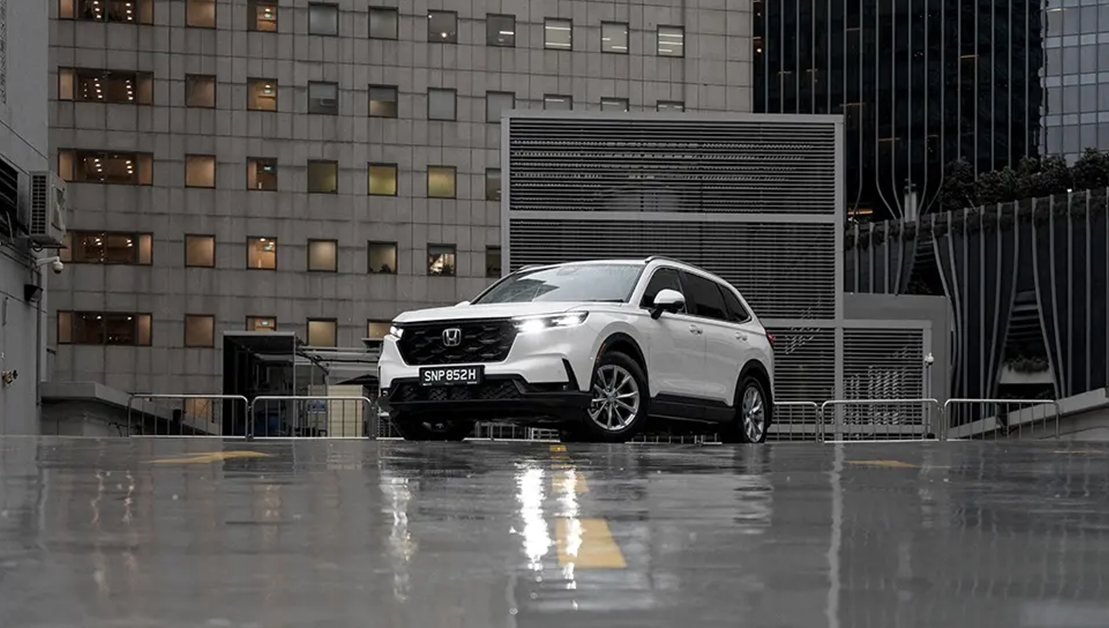
The HR-V may certainly be what comes to mind most immediately when one thinks of a Honda-badged crossover/SUV today.
But let's not forget that the Japanese carmaker had already thrown its hat into the high-riding ring back in 1997: With the CR-V.
While its smaller sibling can be credited with sharpening the brand's prominence over the last decade, the CR-V was a true 2000s kid, staking a name for Honda back when the shape of a family car was more three-box than two.
Except... that the reverse is now true. Consumers are quickly ditching sedans (especially in the mid-sized segment) for crossovers that sacrifice some driving pleasure for extra versatility, and carmakers have responded with equal enthusiasm. As the CR-V returns for its sixth generation now, bigger and better than before, so too has its competition grown.
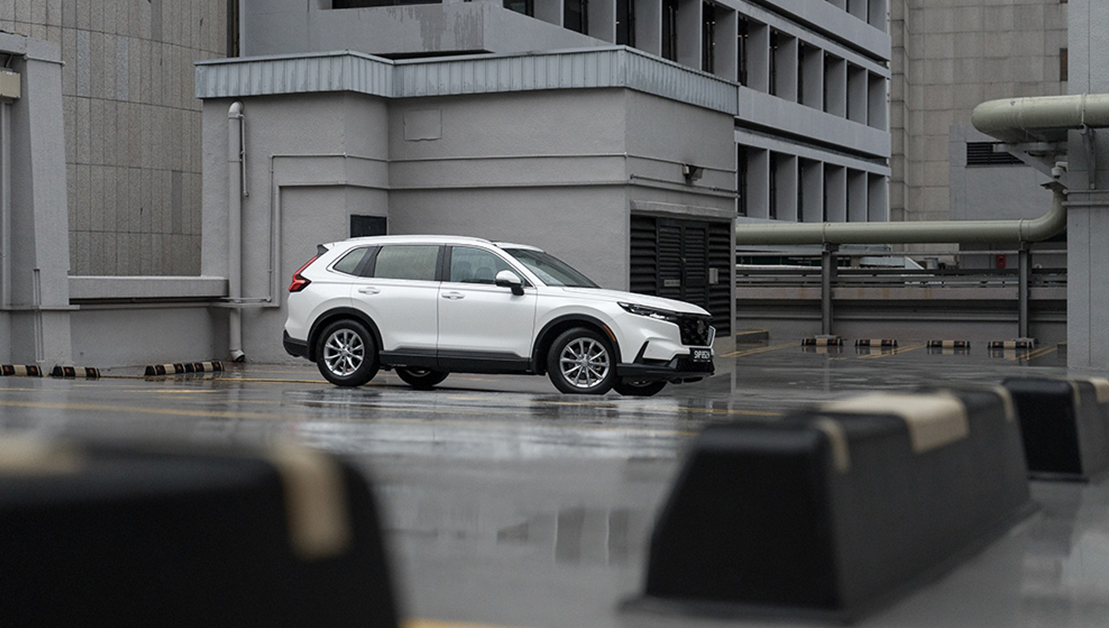
Chunky, with a dose of Americana
The roads are awash today with cars eager to intrigue with unorthodox styling: Gaping grilles, dazzling LED strips front and back, and faces that make you question where exactly the daytime running lights (DRLs) end, and actual head lights begin.
Step up to the all-new CR-V, and it will surprise you - by doing none of that.
Don't get it wrong: This is still unmistakably a large-ish SUV - all muscle and brawn with its tall and square nose, rather imposing stance, and large wheel arches wrapped over 18-inch wheels (the 5-Seater variant gets 17"s instead).
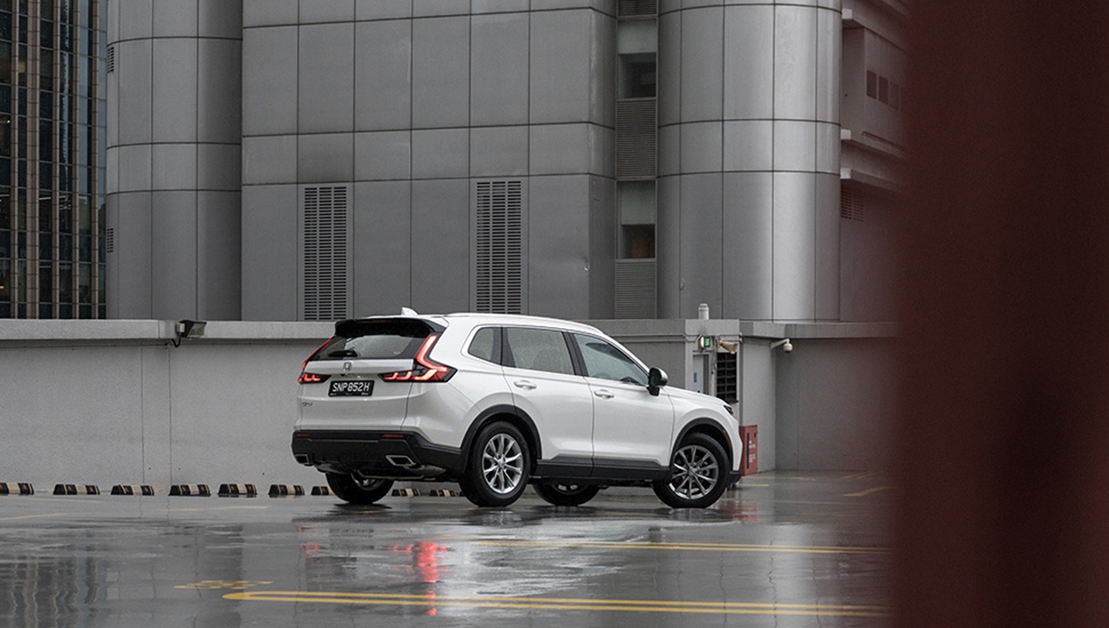
No fancy DRLs, or light strips: The CR-V's boldness lies in its blocky build and upsized proportions, but it doesn't chase the styling trends that many mid-sized SUVs have today
Yet the CR-V plays it safe with rather straightforward styling. While taking a sleeker step forward from its predecessor with its narrow headlights and hexagon-studded grille (reminiscent especially of the HR-V), it's most definitely no leap.
The flip side, naturally, is that no one will be up in arms over whether certain design choices were overwrought. Simplicity wears well; if a buyer finds the CR-V quietly handsome today, it's likely they still will in 2034.
The only peculiarity? Orange reflectors on its front wheel arches, which give it a bite-sized dose of Americana.
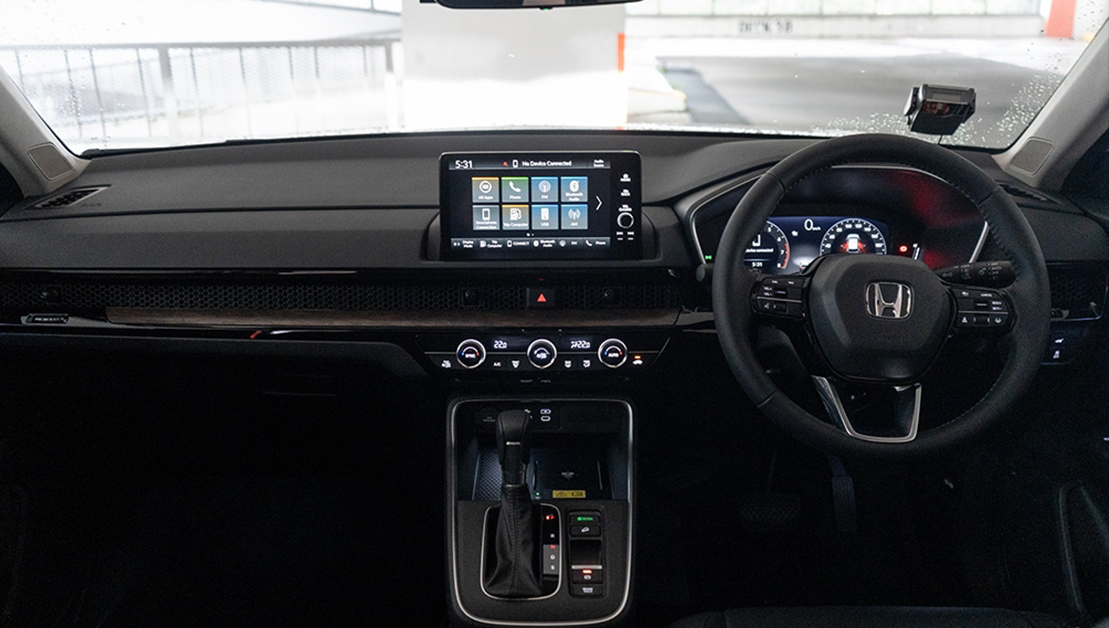
Muted and functional comfort
Climb aboard the CR-V and the conformity to convention continues. When greeted by the dashboard, 'modest', 'clean' and 'functional' - rather than 'ornate' or 'sumptuous' - are terms that strike the mind first.
Again, make no mistake: This is an undeniable step up from what we saw in the previous CR-V, and the overall fit and finish, as expected of Honda, is of a high level.
Like the Civic, the CR-V's latest party piece is a honeycomb mesh layered over the front air-conditioning vents and hazard light button. Dark woodgrain panelling encircles the cabin, a light dose of ambient lighting is sprinkled on all four doors, while graphics on the elevated 9.0-inch TFT screen (supporting wireless Apple CarPlay, and Android Auto) and 10.2-inch digital driver's display are vibrant and sharp.
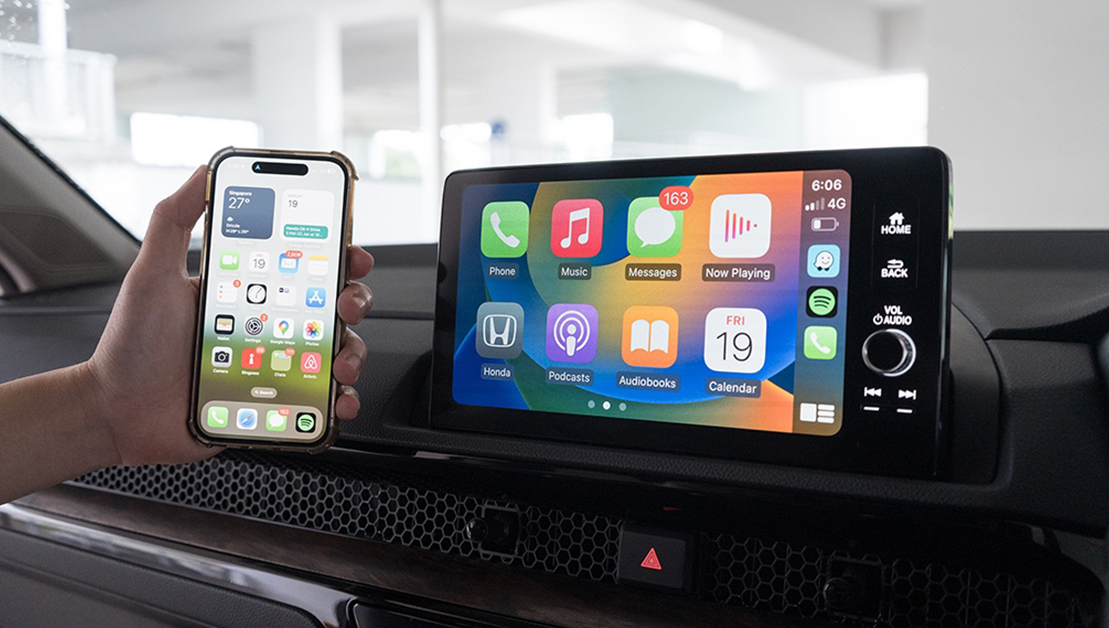
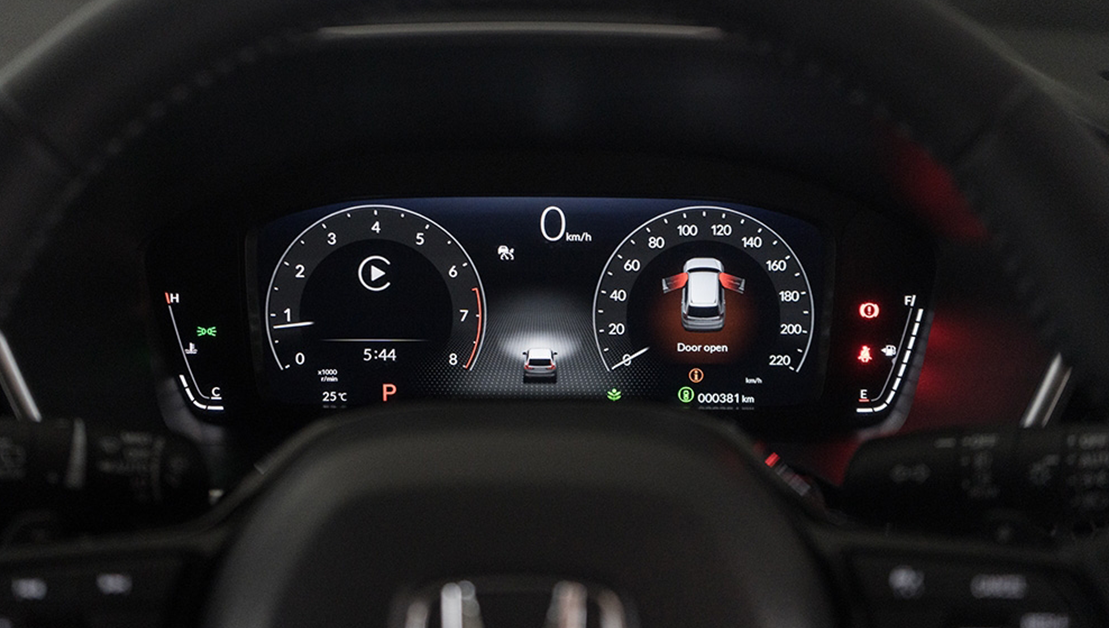
Digitalisation has taken hold fully in the CR-V, with this elevated 9.0-inch TFT infotainment screen, and 10.2-inch digital driver's display (peek the little graphic of the CR-V in the middle, which can display the car's blinkers and brake lights)
The seven-seater variant even gets a panoramic sunroof, tri-zone air-conditioning and roof mounted vents for the rear passengers. These are all features one would rightfully expect of a car perceived to be the flagship.
Nonetheless, considering the growing strength of its competitors, one wonders whether Honda could have let its designers' minds run a bit more freely when designing the cabin. There are also questionable equipment choices here, such as the lack of mirror-lights in the sun visors or automatically folding side mirrors.
In what areas does the CR-V's interior delight, then?
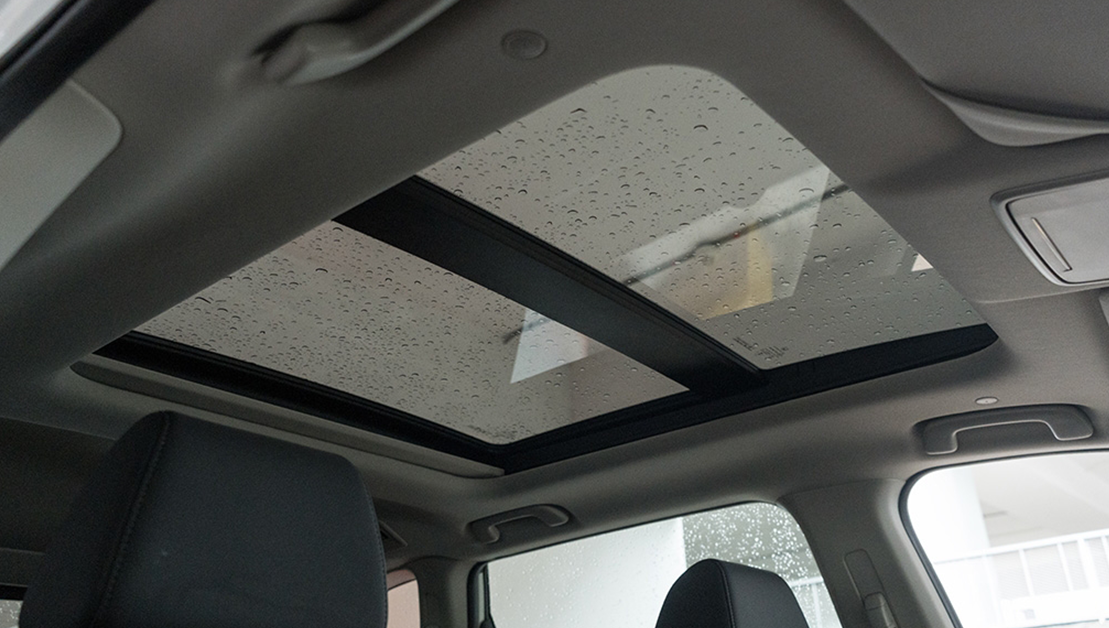
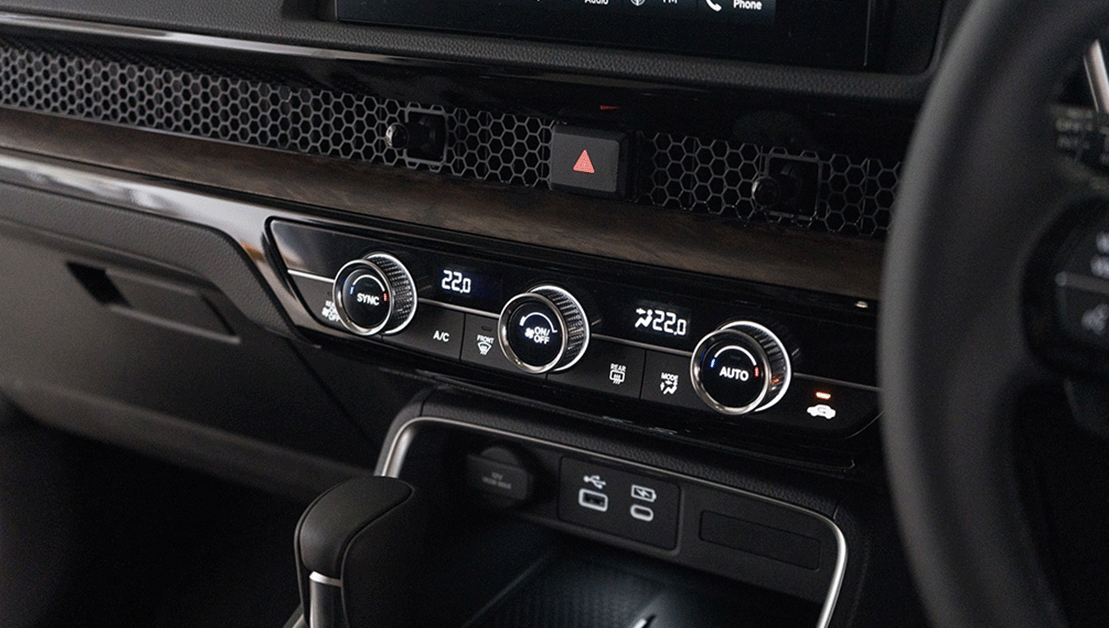
The seven-seater variant of the model even gets a gorgeous panoramic sunroof, and tri-zone air-conditioning so rear passengers remain cool on sunny days
The answer may lie in its quiet obsession with nailing down the basics: A centre cubby and door bottle-holders that are as voluminous as expected on a car this size (this isn't always a given); electrically powered front seats that are supportive and comfy; and physical controls that easily fall to hand. Where this cabin lacks in flair, it certainly makes up for in ergonomically sound choices and practicality.
But perhaps most crucially, the CR-V hasn't just gotten a cosmetic do-over; its wheelbase has been stretched by 41mm, unlocking more legroom for rear passengers.
Not that the second row really needed it - the fifth-gen car was already very adept at seating five - but this does mean those here can slide their seats forwards a bit more to give third row-passengers more space, without compromising their own travel comfort.
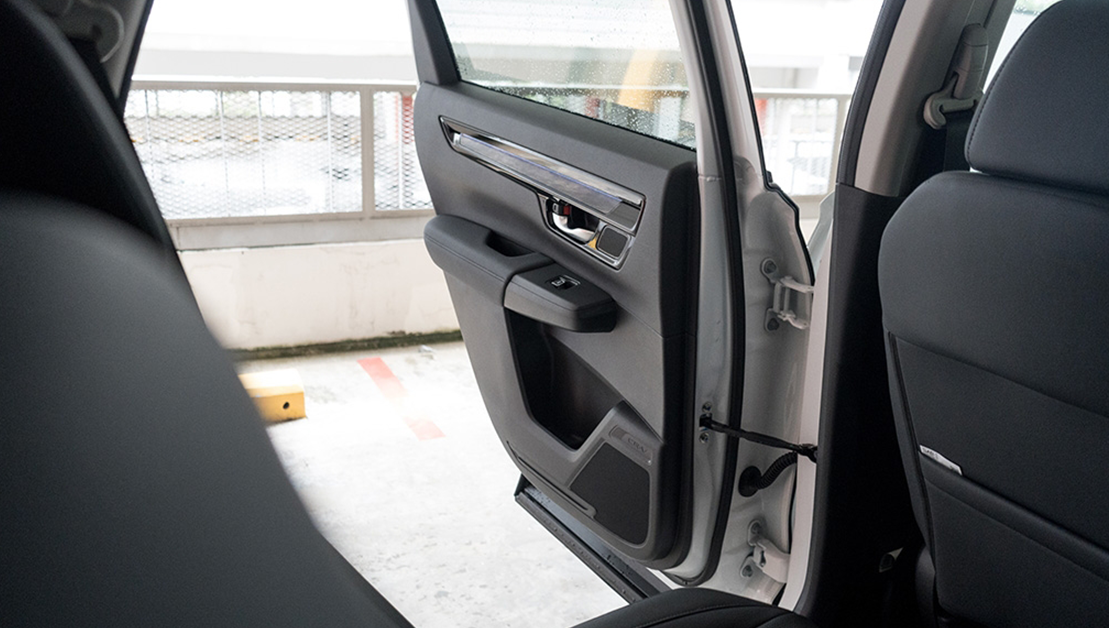
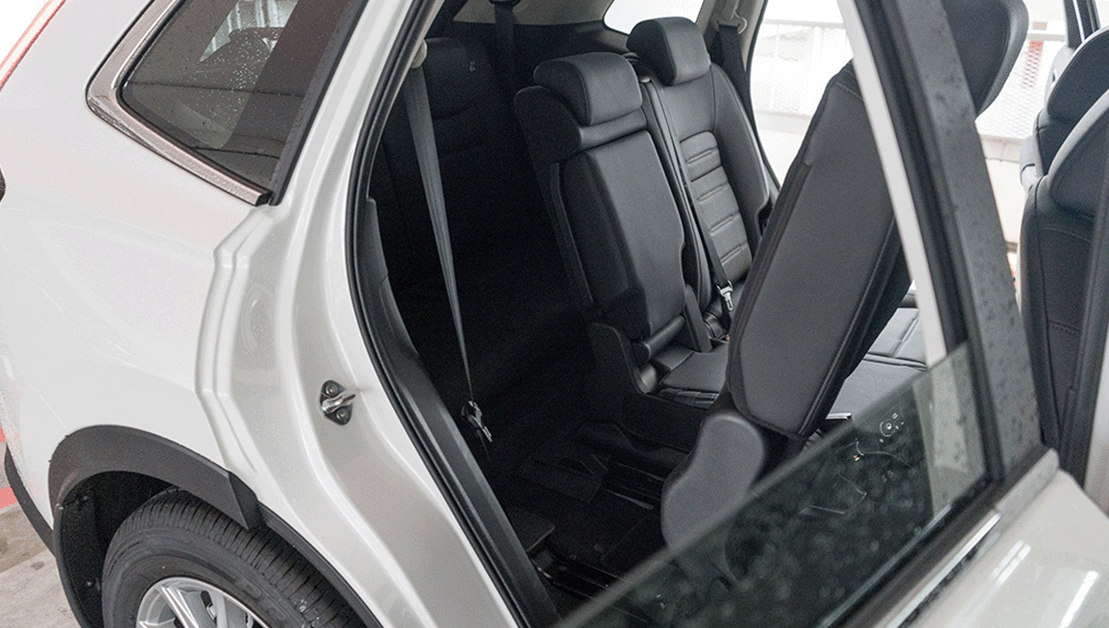
Given its longer wheelbase, wide opening doors, and clever seat mechanism, the CR-V has become more adept at ferrying seven
Of note too is that the CR-V gets some of the widest opening rear doors we've seen, as well as a very clever seat mechanism that sees the second row 'lurch' forward, widening access to the third row.
As such, the CR-V may have the slightest edge over similar-sized competitors in providing convenience and comfort to its rear passengers.
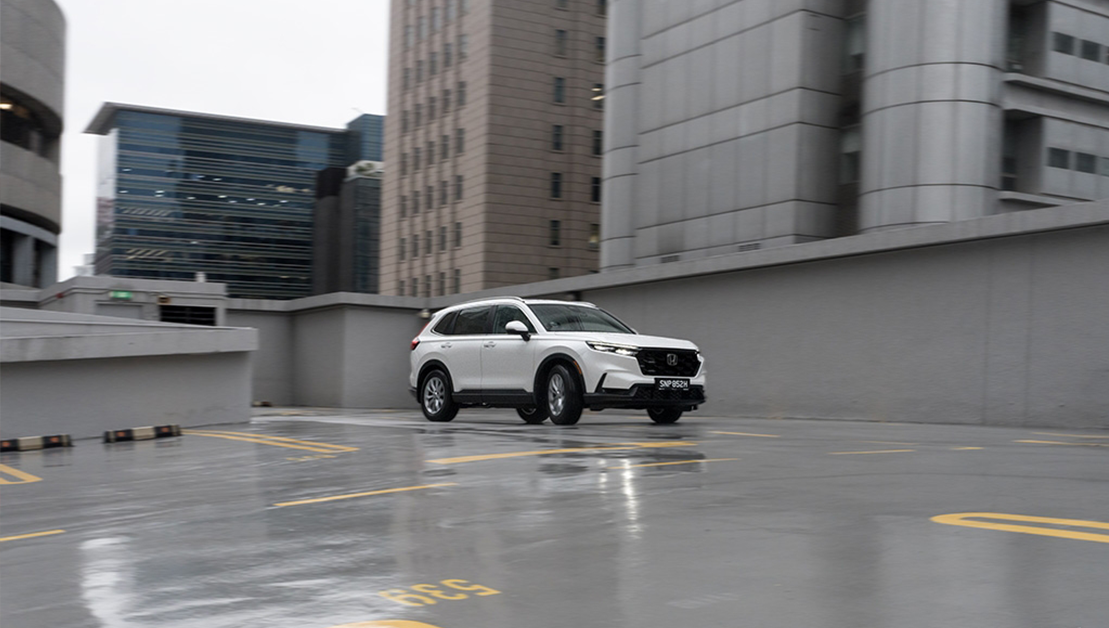
What the CR-V lacks in visual flair, it makes up for with a surprisingly sweet drive when you get behind the wheel
On the move: Sweet spot
Where the CR-V will more clearly outshine a good majority of its competitors, however, is from behind the wheel.
On the one hand, the long bonnet and high seating position leave you in no doubt that you are piloting something of size. The CR-V's sturdy composure while rolling down Lane 1 of the CTE is also fully commensurate with what one expects - and enjoys - from a larger car.
But its chassis, clearly pored over painstakingly by Honda's engineers, isn't a one-trick pony geared just towards comfort.
While the CR-V's subtle ability to shrink magically around you is partially down to the driving position, which makes gauging where the corners lie easy, it's more importantly also down its steering (relatively quick and direct; not too heavy), and its suspension setup.
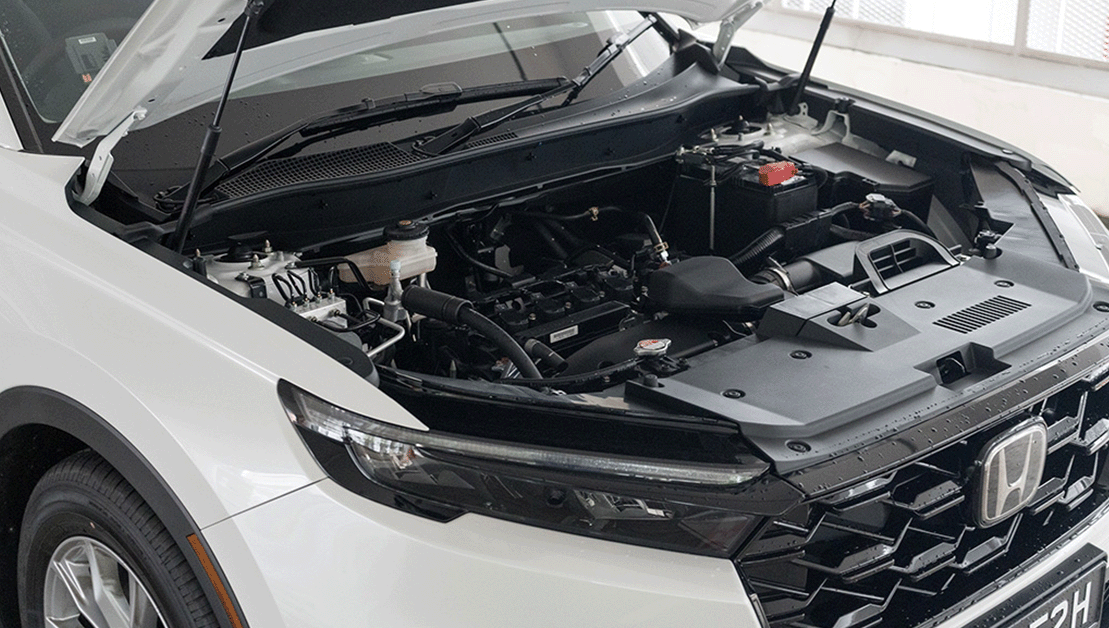
Pushing out 190bhp and 243Nm of torque, the CR-V's turbocharged 1.5-litre engine remains sufficiently gutsy - if not particularly outstanding - for a car of its size (and proposition)
The latter seems to know where the golden spot between sportiness and comfort lies, toeing the line ever so deftly between ensuring the CR-V cruises effortlessly, yet remains surprisingly poised around gentle bends.
Of course, it helps that the CR-V's 1.5-litre turbocharged inline-four is a fairly gutsy unit.
Though carried forward directly without tweaks from its predecessor, its output of 190bhp remains squarely appropriate for a vehicle with family-car leanings. A more muted engine note (and a torque converter, since we're at it) would have certainly gone a long way in elevating the driving pleasure, but peak torque of 243Nm already arrives from 1,800rpm - meaning that you don't have to rev the CR-V too hard to get it going. What's more, the car's CVT is smooth, and doesn't excessively dull the driving pleasure nor hurt the ears.
The confidence to shed speed is also just as vital as the ability to pick it up. Pleasantly linear in their feel, the CR-V's well-modulated brakes are the cherry on the top of the icing.
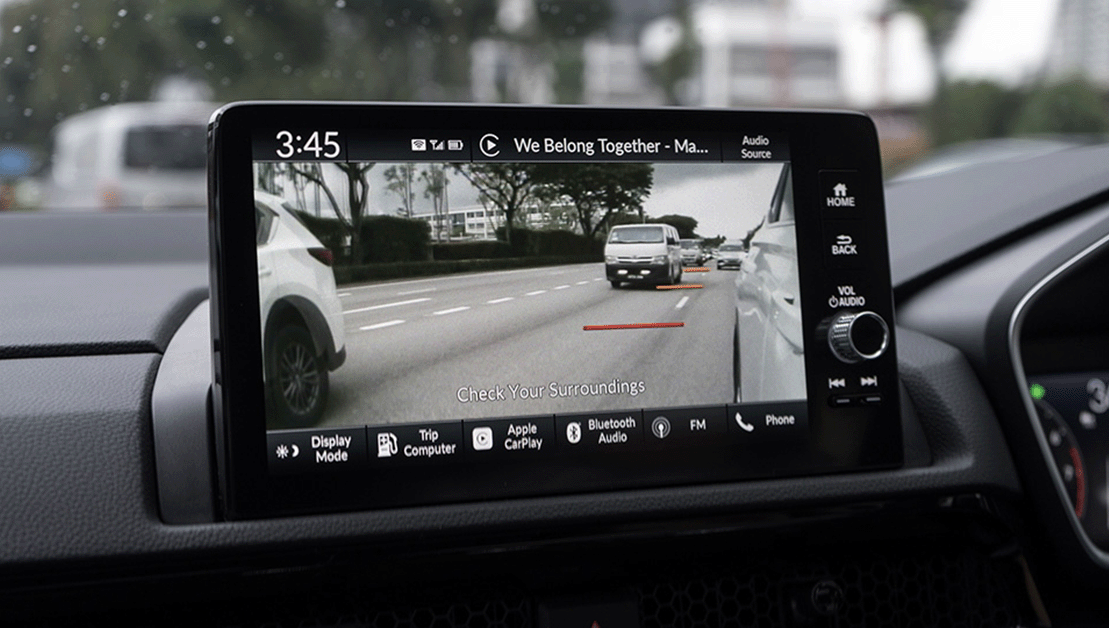
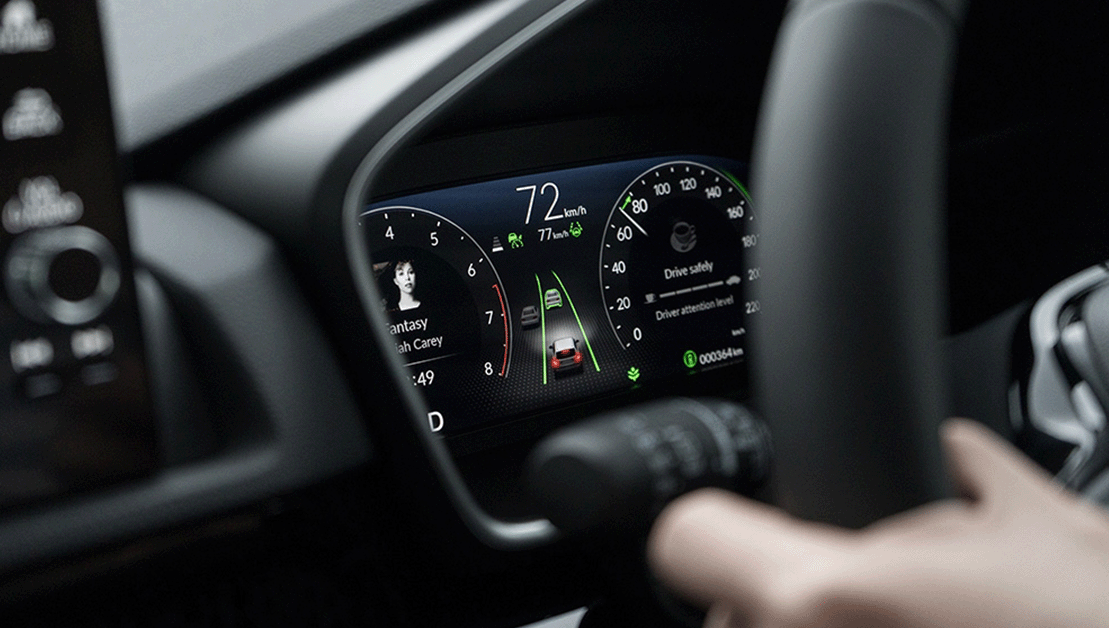
Honda Sensing works wonderfully on the CR-V - with the system picking up bikes and commercial vehicles, and the lane markings even gently swaying along with the curvature of the road ahead. Nonetheless, the lack of blind spot monitoring (despite a blind spot camera on the left) is hard to miss
Nonetheless, caveats remain.
Whatever one gets here as part of the Honda Sensing suite of driver's assistance features works faultlessly (the lane keeping assist and adaptive cruise control most notably). But the absence of blind spot monitoring is glaring, considering the segment this resides in. Honda will tell you it's fitted a blind spot camera on the left - and while this isn't unwelcome, it's not unreasonable of buyers to want to expect the full deal too.
Furthermore, SUVs have become increasingly fuel efficient. Eking out a final figure of 10km/L after 250km on the road doesn't sound too shabby at first, given the CR-V's size and weight. Still, ponder a bit longer, and it’s hard not to imagine how much better this would have been with a hybrid, or mild hybrid drivetrain.
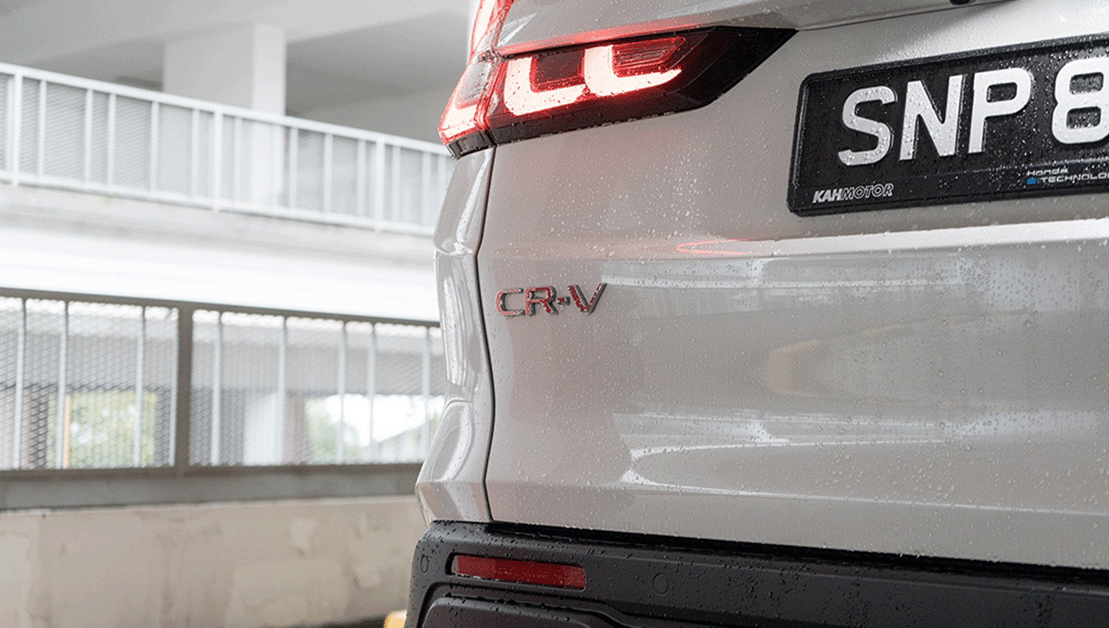
For the family-oriented.. enthusiast?
Measurable or material qualities - such as styling, gadgetry and technology, and fuel consumption - are often far easier to expound on. Intangible ones, such as the driving experience? Far less so.
Yet it is the sum of both that must be taken into consideration when gazing upon the square-jawed CR-V of today.
For buyers on the hunt for the most cutting-edge features, or the most efficient machine, this sixth iteration of Honda's longest-running SUV may not rank extremely highly. Still, to look past it would also be tantamount to abandoning the chance - for the driver at least - of pampering oneself with a machine that serves up surprising doses of refinement and enjoyment, even while giving the rest of the family the space they need.
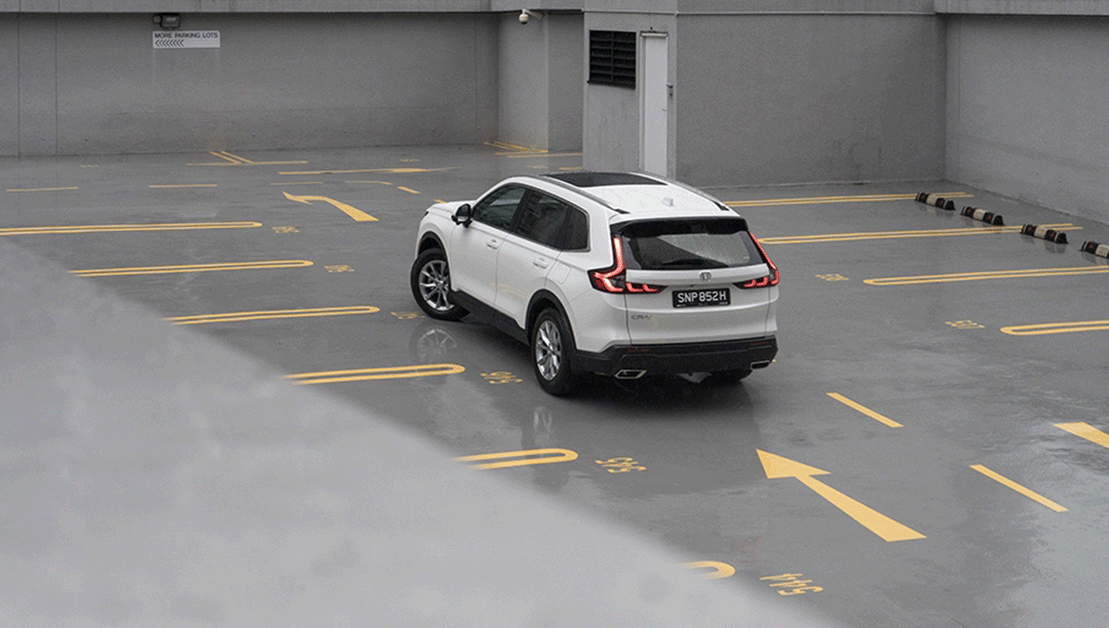
The only real issue? Even by the pricing standards of today's frenzied market, the CR-V commands a significant premium over its competitors. Consequently, its success - and its appeal - largely hinges on where a buyer's priorities lie, bearing in mind after all, that this is a mid-sized, seven-seater SUV.
Credits: SGCarmart. Author: Mattheus Wee
Original source: https://www.sgcarmart.com/articles/car-reviews/honda-cr-v-15-turbo-7-seater-review-34496

